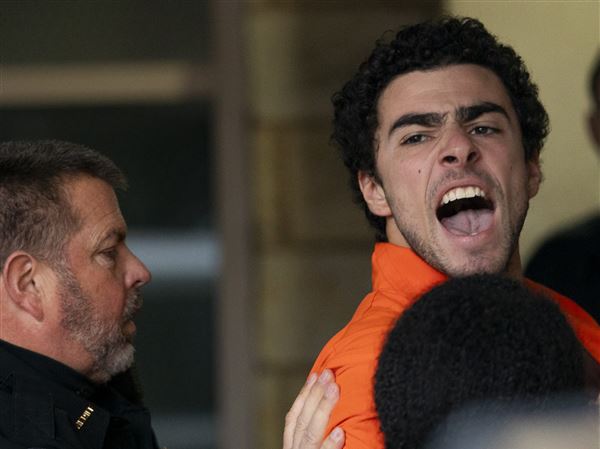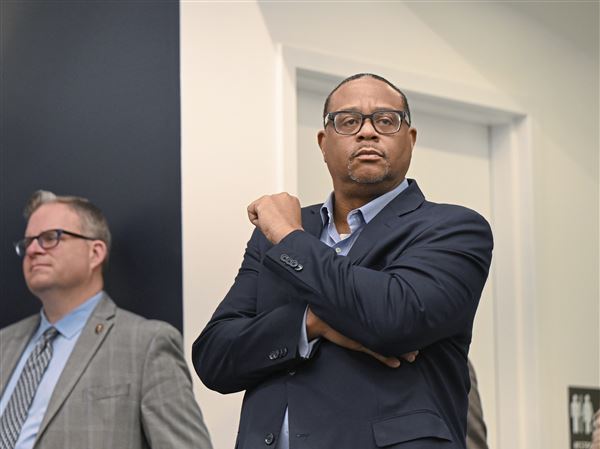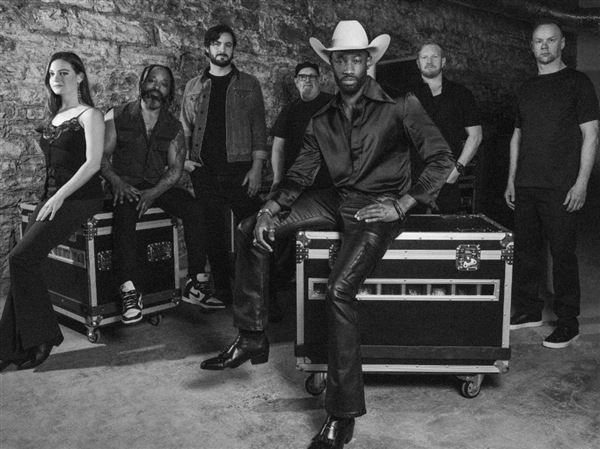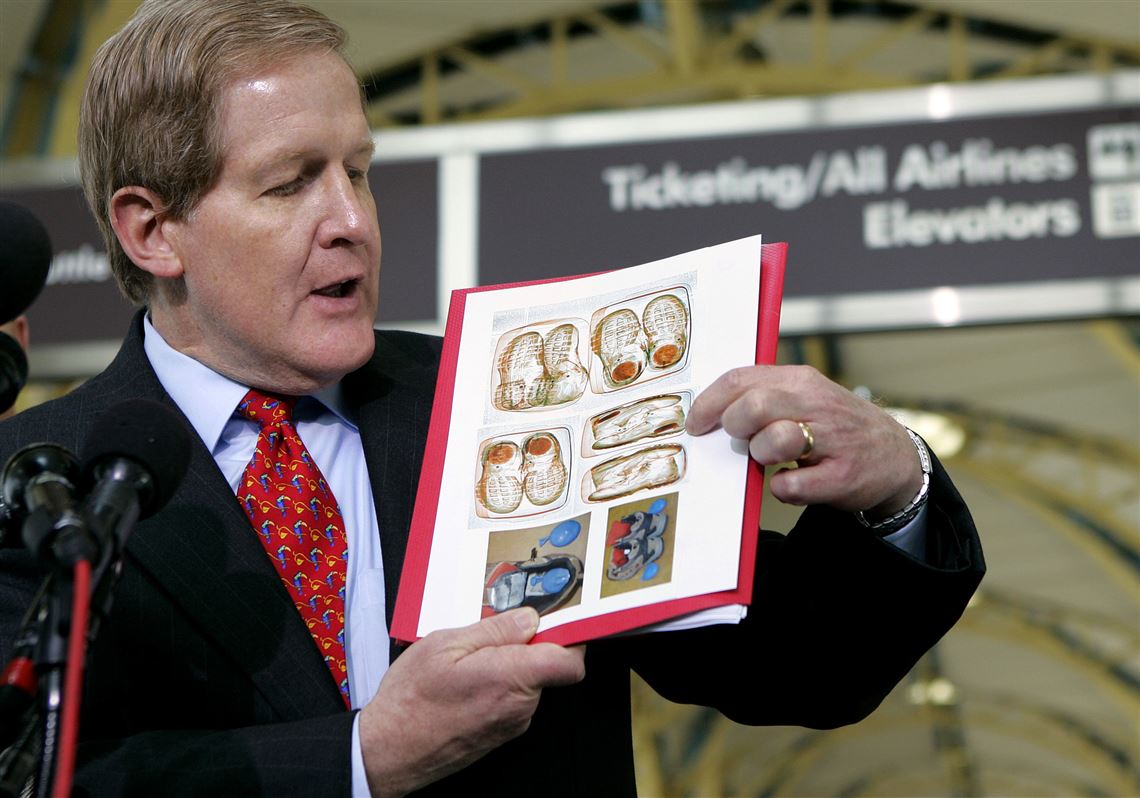Kip Hawley, who after the terrorist attacks of Sept. 11, 2001, helped set up the Transportation Security Administration, and who became its fourth administrator after the much-maligned agency’s first three years of existence, died March 21 at his home in Pacific Grove, Calif. He was 68.
The cause was complications of lung cancer, his sister, Victoria Hawley Rome, said.
After 9/11, Mr. Hawley, a well-respected California business executive with expertise in transportation logistics, was summoned to Washington by Norman Mineta, the transportation secretary under President George W. Bush, to oversee the establishment of the TSA, which Congress had charged with protecting the nation’s transportation systems.
Mr. Hawley’s mission included the daunting mobilization of a new 50,000-member federal airport screening force, an expansion of the federal air marshal service, and the installation of huge bomb-detection machines to screen checked luggage at more than 400 commercial airports nationwide. The fledgling agency also worked with airlines to reinforce cockpit doors on commercial aircraft. An attempt by Richard Reid, the so-called shoe bomber, to ignite explosives hidden in his shoes during a flight from Paris to Miami in December 2001 only added to the urgency.
Three administrators led the TSA between 2002 and 2005; during that time, Mr. Hawley served as chairman of the Federal Aviation Administration’s Air Traffic Services board, with oversight of the air traffic control system. He was named TSA administrator in 2005 and stayed through the end of the Bush administration in early 2009.
He was always proud that the agency, in concert with law enforcement and intelligence officials, had prevented another 9/11 — although, he told a congressional hearing in 2021, “Attacks are not beaten. They are postponed.”
Still, the TSA had a rocky history, and by the time Hawley returned as administrator, government watchdogs had repeatedly warned that federal screeners were often failing to detect hidden guns, knives and simulated bombs during undercover tests. Mr. Hawley was also keenly aware that the public held the TSA in disdain, and that agency morale was at a low point.
“Screening ideas are indeed thought up by the Office for Annoying Air Travelers and vetted through the Directorate for Confusion and Complexity,” he said in jest during a 2007 interview with Bruce Schneier, a security specialist and lecturer at the Kennedy School of Government at Harvard.
“And then,” Mr. Hawley added, tongue still in cheek, “we review them to ensure that there are sufficient unintended irritating consequences so that the blogosphere is constantly fueled,” a nod to his relentless critics.
In reality, Mr. Hawley overhauled the agency’s culture and operations. He upgraded technology and procedures to improve security and efficiency, and he tried to bring a common-sense approach to the job; one of his first acts was to remove scissors and small tools from the list of banned items so that security officers could focus on threats that could destroy an aircraft.
To raise morale within the workforce, he improved pay and benefits. He also reclassified screeners as security officers, engaged them in decision-making and gave them new uniforms.
A highlight of his tenure came in August 2006, when British intelligence foiled a terrorist plot to detonate liquid explosives carried on several airliners heading for the United States and Canada; Mr. Hawley quickly banned all liquids, gels and aerosols from carry-on luggage in the U.S. Six weeks later, he allowed liquids in containers no bigger than 3.4 ounces.
After he left the agency, he spoke out about its problems in the book “Permanent Emergency: Inside the TSA and the Fight for the Future of American Security” (2012), written with Nathan Means, and in news media essays. Concerned that checkpoint operators were too focused on finding items on the banned list — items that posed little threat to bringing down a plane — he wanted the agency to lift the ban on virtually everything except guns, toxins and explosives. But he said such bold proposals were thwarted by political interference.
He also urged that TSA officers be trained in risk management and be encouraged to use their own judgment.
As he often said, “The most advanced piece of technology in any organization is the human brain.”
Edmund Summers Hawley III was born on Nov. 10, 1953, in Waltham, Mass., and grew up in nearby Winchester, Mass. His father, Edmund Blair Hawley, was a management consultant, venture capital executive and educator. His mother, Greta (Crocker) Hawley, managed a household of five sons and a daughter.
Hw attended Brown University, where he earned a degree in political science with a specialty in national security affairs in 1976. He received his law degree from the University of Virginia School of Law in 1980.
That year he married Janet Isak, who survives him. In addition to his wife and his sister, Mr. Hawley is survived by his mother; his sons, Nicholas and Christopher; three grandchildren; and his brothers, Don, Lee, Blair and Cameron.
While attending law school, he worked as an aide to Sen. John H. Chafee, R-R.I., before working at the Department of Transportation and then in the Reagan White House.
He went to Citicorp in 1985 and two years later joined the Union Pacific Corp., where he helped introduce modern technology to traditional transportation systems. He was an executive at Arzoon, which makes software to track global trade and logistical information, when he was recruited to help set up the TSA.
While serving as administrator, he declined to have his portrait hung in the agency’s offices next to those of the president and vice president. He had a mirror hung in its place so that employees would see themselves — and consider themselves vital to the agency’s mission of keeping the nation’s airways safe.
“He was a very humble person,” Ellen Murray Howe, a former spokeswoman for the agency, said in an interview. “It was never about him, it was about the mission — never forget, and never let it happen again.”
First Published April 1, 2022, 10:48pm















